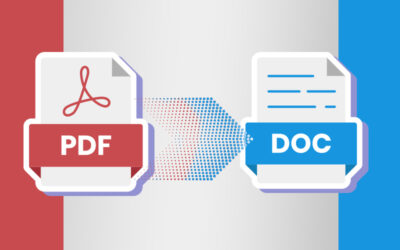 As companies grow, files also continue to increase and it becomes difficult to manage your documents. By digitizing your company documents, you can access important data at the click of a button and also store it safely without requiring any physical storage space. Document imaging is the process of capturing, storing and retrieving data from the original document. It is done using micrographics or electronic imaging. Document scanning or imaging allows you to capture paper-based information and convert it into electronics images that can be stored safely. The process of document imaging will offer the following advantages.
As companies grow, files also continue to increase and it becomes difficult to manage your documents. By digitizing your company documents, you can access important data at the click of a button and also store it safely without requiring any physical storage space. Document imaging is the process of capturing, storing and retrieving data from the original document. It is done using micrographics or electronic imaging. Document scanning or imaging allows you to capture paper-based information and convert it into electronics images that can be stored safely. The process of document imaging will offer the following advantages.
- Less storage space: Once the documents are converted into digital format, it reduces the storage space by up to 80%. It not only reduces the storage space but also facilitates access to the filed documents.
- Improves information availability: The digitized documents can be accessed by single as well as multiple users across the organization. Employees will not have to shuffle the documents from one desk to another. People working in different departments can also access the data.
- Enhances information security: Access to information should be secure and available only to authorized personnel through the use of virtual private networks. Digitization can also provide another form of security through disaster recovery. A backup copy can be maintained to recover lost information.
- Improves customer service: With digitized documents,you can locate and retrieve data quickly. This will help your employees to respond to customer queries within minimum time. This will also eliminate misinformation, confusion and time delays.
Document imaging is a process that requires great attention and analysis. The process involves various steps which are mentioned below:
- Sorting of documents
- Preparing the documents for scanning
- Scanning of the documents
- Indexing the scanned documents for quick retrieval
- Storing the documents safely
The four main basic components of a document imaging system are:
- Input
- Identification or indexing
- Storage
- Retrieval
Whether you own a small business or a large one, you will have huge volumes of data that need to be digitized. If you are planning to digitize your documents, seek the help of a reliable document scanning company that offers a variety of imaging options. They will help you meet your document scanning and conversion goals successfully while still remaining budget friendly. Find a company that fits your needs and can help you save your time and resources in the long run.



